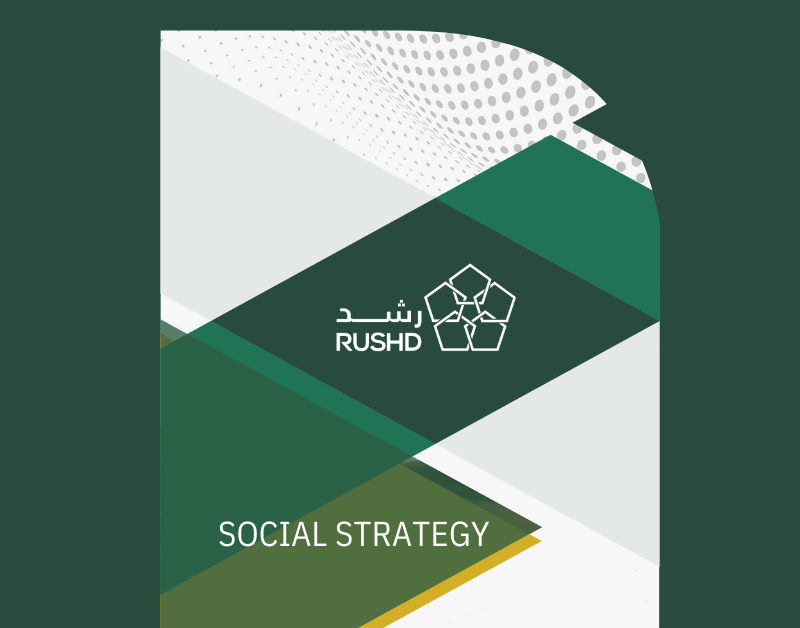FOREWORD
Nudging represents a concept from behavioral economics, involving subtle prompts that guide individuals towards improved decision-making while maintaining their choice autonomy. This method has become widely adopted across multiple sectors, such as public policy, education, finance, and marketing. In numerous countries, nudging is particularly significant, as governments and entities aim to foster positive behavioral changes among people or clientele. Recognizing the critical role of personal choice and autonomy, nudging emerges as an effective tool for promoting preferred behaviors.
For nudging to be effective, a deep comprehension of the intended audience is crucial, alongside pinpointing the most resonant nudges for them.
These nudges must be crafted to be non-intrusive and persuasive, rather than forceful. Additionally, the foundation of nudging should be solid data and research, ensuring it meets its intended goals.
What is Nudging?
Nudging is a concept under ‘behavioral economics’ that gently influences people’s decision-making through subtle changes in their environment or the presentation of choices. It leverages cognitive biases and heuristics to encourage more desirable behaviors or decisions without restricting individual freedom of choice.
Nudges often involve alterations to the choice architecture, defaults, or information framing to make certain options more appealing
or accessible. Examples of nudging include automatically enrolling employees in retirement savings plans, rearranging food displays to promote healthier choices, or providing feedback on energy usage compared to neighbors.
Nudging has gained popularity among policymakers and organizations as an effective, low-cost method to improve public policy outcomes and drive positive behavior change.




